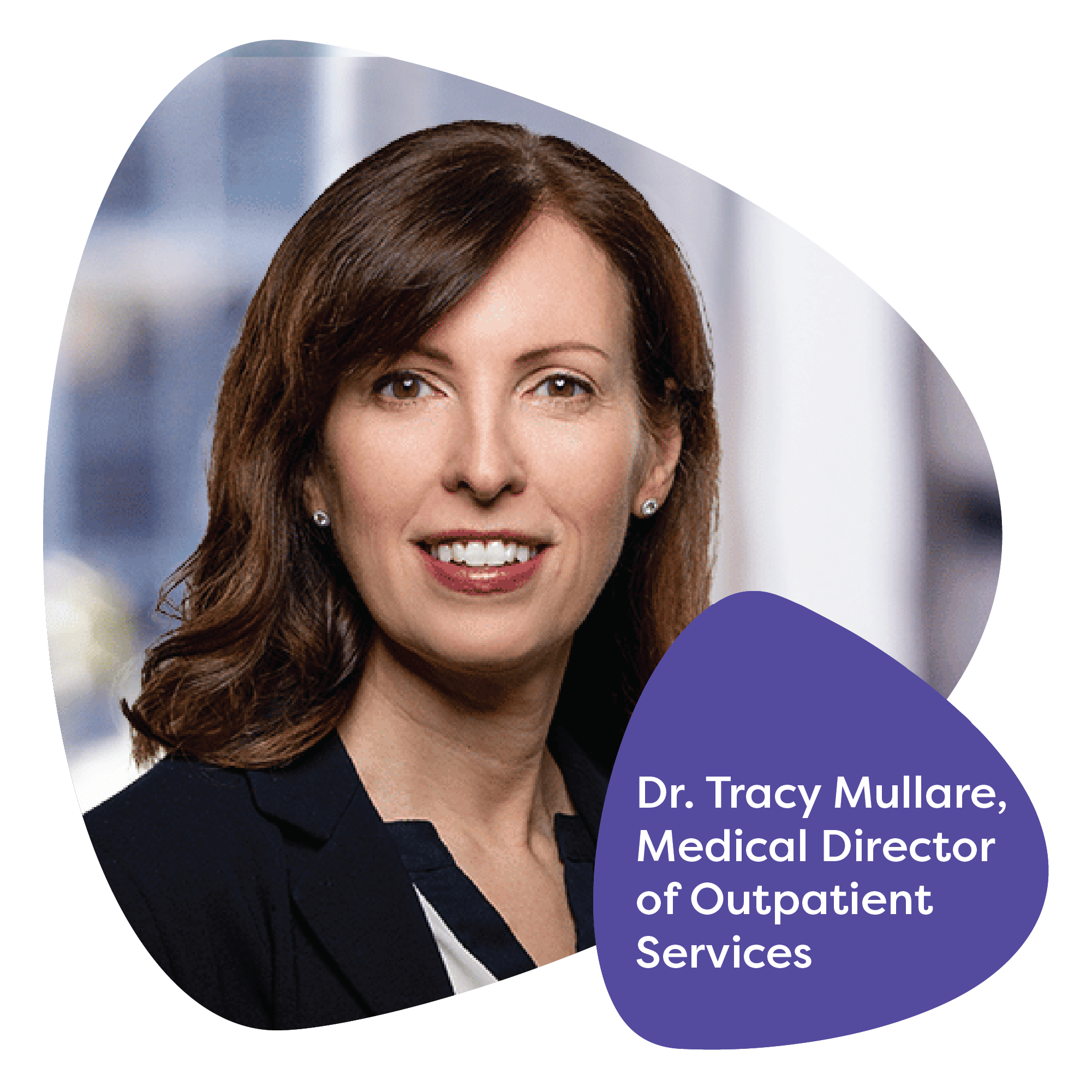Half of all behavioral health conditions show initial signs before the age of 14, and 75% of behavioral health conditions begin before the age of 24.
The need for access to quality behavioral health care has never been more important, and helping ensure children get care early is essential to their long-term well-being.
Today, we can see the aftermath of the COVID-19 pandemic and the unprecedented amount of need and impact it had on children behaviorally and academically. And due to the provider shortage, we’re still catching up.
Fortunately, kids are back in school, they have structure and the ability to be on their normal developmental trajectory again. There’s also a bigger lens on behavioral health and better recognition of when children and adolescents need behavioral health care.
Let’s look at how improving access to mental health care is essential, how children and adolescents engage with virtual care, and how virtual care is instrumental to meeting children and families with accessible behavioral health care.
Accessibility is a key challenge for patients and providers
Finding timely care can be incredibly difficult due to the high demand for behavioral health services. Today, many providers have a wait list or limited schedules that may not match up with what a family needs.

For families, scheduling time off from work to bring their children into an office or required traveling can serve as barriers to care. Thankfully, telehealth can bridge this gap.
A 2020 report from the Child Mind Institute highlighted that telehealth holds promise for children in marginalized, rural, low-income, or high-risk groups who have limited access to traditional care.
It’s also important to recognize that access to care affects both sides of the provider-patient equation.
Because of the volume and intensity of care, it’s essential that providers remain mindful of their own quality of life and prioritize self-care to help ensure they can provide the best quality of work.
For providers, working in a virtual environment can make achieving work-life balance easier. Allowing them to avoid stressors like long commutes and giving them more time to engage in what they love.
Better work-life balance helps increase job satisfaction and enables the provider to be more present in their work.
Adolescents are attuned to technology and adjust quickly
Adolescents are used to establishing rapport and relationships in a virtual environment. They can get to know people through that medium where sometimes other generations may take a bit longer.
Additionally, adolescents might appreciate the security of not running into friends or peers at an in-person office. College students can open a laptop in a private space and have time for their appointments – they don’t have to travel somewhere.
For kids, using chat tools can be a nice way for them to express themselves if speaking their feelings or thoughts out loud is too challenging.
Dr. María López-Rosario
I usually try to see the patient alone, but if the parent is around, they might say, ‘Okay, I’m going to write this in the chat because I don’t want anybody to hear it.’ And they’ll write something like, ‘I have a girlfriend.’
It’s more private and chat doesn’t make it personal. I’m still getting all the information in whatever way they like to give it to me. Being virtual gives you a lot more options than being in person.
It takes creativity to engage with children and providers have been great about finding new ways to engage this population.
It’s important to have family involvement in treatment
The standards of care that apply to in-person treatment are the same ones applied in telehealth. In a virtual setting, the provider may interview the family together, interview the child separately, or have segments of the appointment dedicated to each, depending on the situation.
If telehealth providers are meeting with patients virtually at their home, it might take more education and level setting around appointment structure. However, it will mirror what would happen in a provider’s office in terms of confidentiality.
To make sure everyone is comfortable, it can even be helpful to pan the camera around the office to show the family you’re in a private room.
As child psychiatrist, it’s critical to ensure everyone has time so the provider can gather collateral information about the child.
For example, the provider will need to assess how the child is functioning at home, school, academically, and socially. If a child is being assessed for attention deficit hyperactivity disorder (ADHD), they need to exhibit symptoms in more than one environment – a holistic assessment is important to patient care.
Virtual care is instrumental in meeting community needs
While healthcare organizations understand working with child and adolescent psychiatrists is critical, sourcing these providers to care for patients across the age range can be challenging.
When you’re looking for a particular specialty — like a provider who focuses on intellectual disabilities, patients on the autism spectrum, or eating disorders — that becomes an even larger gap to fill.
Telehealth has been a tremendous tool for organizations, allowing them to leverage providers from all over the country, who specialize in exactly what their population needs.
Getting behavioral health care early can help children return to their normal developmental trajectory
Child psychiatry can provide a child with the support and services they need to help them get back on their normal developmental trajectory.
Children are vulnerable to untreated symptoms worsening and impacting their social functioning, academic functioning, and overall development. It’s a vicious cycle that can have lasting impacts on their self-esteem.
The most commonly treated behavioral health conditions in children include the following:
- 9.8% — ADHD
- 9.4% — anxiety
- 8.9% — behavioral problems
- 4.4% — depression
Early intervention and access to care sets kids up for success.
For example, with conditions like eating disorders, it’s important to treat kids while they’re growing because it can affect bone density over time.
Awareness is the silver lining in behavioral health
In recent years, with the COVID-19 pandemic, awareness around behavioral health has grown.
People are aware of the need to support children’s mental health and the impact it can have on the rest of their lives. Everyone is working hard to make sure access is increased.
Virtual care has been fundamental in reaching underserved areas and the benefits it can provide to families across the U.S. is significant.
We’re passionate about children’s behavioral health and would love to talk with your organization about how to improve access to care in your community. If you’d like to learn more about Iris Telehealth and how we approach child and adolescent mental health treatment, we’d love to talk with you today. You can contact us here for more information!






